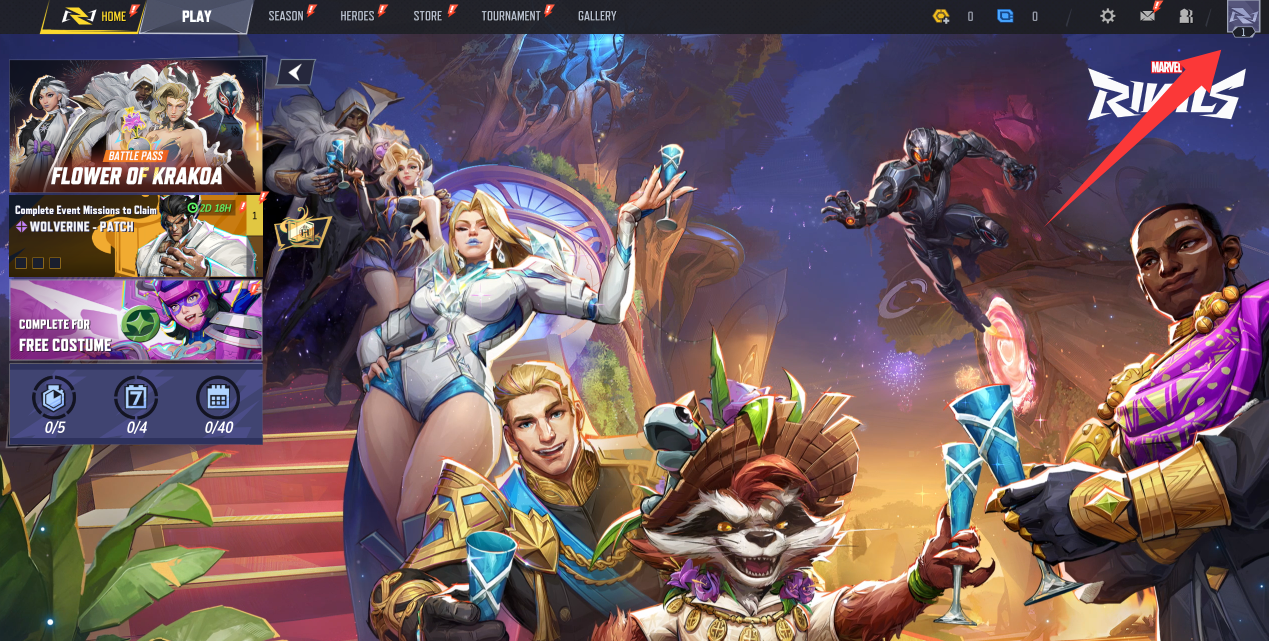The squads that run the lobby in Marvel Rivals rarely rely on one cracked DPS. They win because their comp makes sense, their ult economy is sane, and their rotations match the map’s real choke points. Currency is background—useful for unlocking heroes you’ll actually field, event passes you’ll naturally complete, or skins that keep you queuing. When a quick refill helps that plan, take a predictable lane like cheap Marvel Rivals top up and get back to scrims in a minute. Clear totals, encrypted checkout, fast confirmation—done.
Build comps around jobs, not names

Think in roles first: Frontline, Backline DPS, Flex/Utility, Pocket Sustain, Disruptor. Whether you’re playing Midtown Clash or the Helicarrier lanes, you need bodies that do these jobs on time.
Frontline (space makers). Characters who claim corners, eat damage, and tap their displacement at the right second. Their goal is control, not highlight reels—peel for backline and deny enemy entries.
Backline DPS (consistent pressure). Hitscan/beam/kiters who hold sightlines and convert every two seconds of free space into health bars shrinking.
Flex/Utility (glue). Cooldown resets, cleanses, micro-shields, or movement buffs that let your DPS take fights they otherwise couldn’t.
Pocket Sustain (stabilize). Burst heals on entry and drip sustain mid-fight; the team that plates faster gets to take the next duel first.
Disruptor (angle breaker). Flanks, pulls, wall-offs—anything that forces enemy DPS to look somewhere else for two seconds.
Prioritize unlocks that push your team into this shape. If a rotation-altering hero or utility skin keeps you playing your best, handle it quietly via secure Marvel Rivals recharge and return to comp practice before the lobby timer expires.
Rotations and ult economy beat “raw aim”
Fight on timings you own. Push when you have 2–3 ults online, or when enemy sustain has just traded out. If you’re down resources, stall with poke and angles, not ego peeks.
Stage fights around cover lines. Midtown bus corners, warehouse doors, and bridge arches are more valuable than open streets. Frontline should mark “safe pockets” and call the next step before DPS overextends.
Ult layering, not ulting. Pair displacement → burst → cleanup. Two big ults at once is a risk; one to open, one to punish, one to chase feels like clockwork.
Micro habits that decide pushes
One caller, short words. “Left swing,” “save nano,” “two ults,” “hard reset.” Brevity keeps everyone on the same beat.
Pre-aim the recontest. After a lost fight, take the shortest safe lane and anchor one angle to stop the enemy snowball.
Protect your pocket. When sustain calls “out,” peel now. Saving your healer saves your next push’s timing.
If an event pass or bundle lines up with what you already do (unlocking a needed role, not a vanity slot), you’ll stretch value by starting early. A one-minute stop at buy Marvel Rivals Coins keeps the evening about play, not paperwork.
Map levers you should respect
Payload bridges and corners: always fight after your cart clears a pinch; otherwise you feed.
High-ground rails: control them or plan a tool to dislodge (pull, knockback, or vertical burst).
Spawn door geometry: on defense, stagger pressure two steps beyond the door to bait cooldowns without overcommitting.
Spend like logistics, not hype
Treat currency as supply: small, planned purchases that complete a role or bring a synergy online. The best lane is the one you don’t think about—final price upfront, encrypted payment, quick delivery. If you prefer a reminder that emphasizes safety, save reliable Marvel Rivals top-up service; same destination, just words that match why you’re clicking.
Why this matters during live sessions
Cheap & transparent: no last-click surcharges derailing queue rhythm.
Fast fulfillment: typically minutes, so your team doesn’t cool off.
Human support: clear steps if a verification ever pops.
Security by default: trusted gateways; your info is used only to deliver currency.
A 7-day rhythm to lift your floor
Day 1–2: Comp identity. Pick your five jobs and list two heroes per job; lock “Plan A” and a fallback.
Day 3: Angle drills. Ten minutes on high-ground control and peeking discipline; DPS practice “hold for swing” not “wide swing alone.”
Day 4: Ult economy. Run scrims where the only goal is correct layering, not winning.
Day 5: Map notes. One page per map: choke names, rotation arrows, ult spots.
Day 6: Targeted unlock. If one hero or utility completes the plan, grab it via discount Marvel Rivals top up—then stop.
Day 7: Review & tighten. Trim comms; remove overlaps in roles; keep what actually reduced time-to-win.
Bottom line: In Marvel Rivals, calm teams that fight on their timings and protect their comp shape win more often than highlight hunters. Keep logistics cheap, safe, and reliable in the background with Marvel Rivals currency recharge, and let the night be about good angles, clean ults, and pushes that feel inevitable.